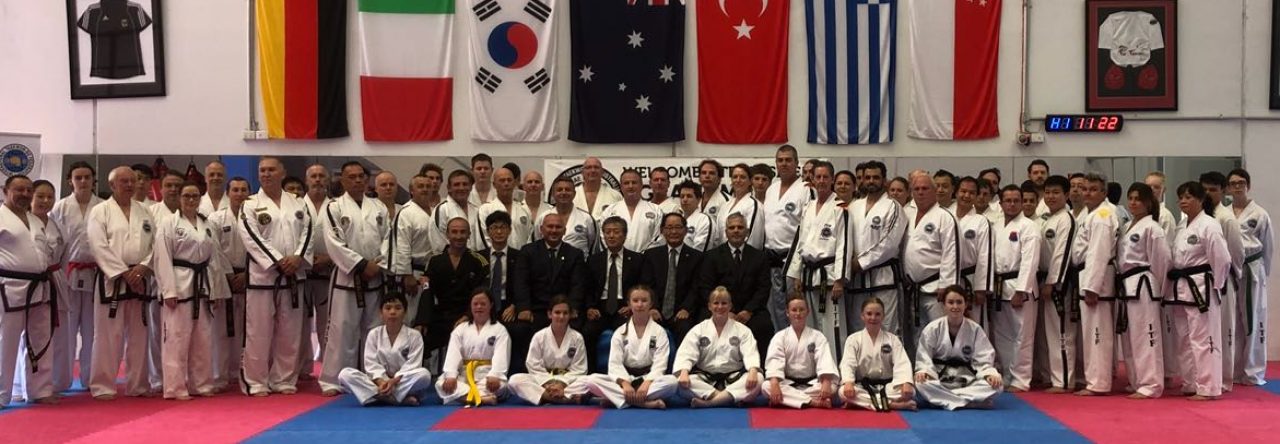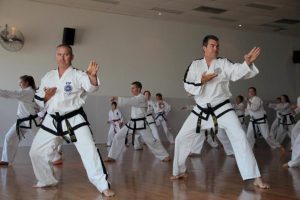ITF Patterns
While ITF Patterns, assembled by the Founder General Choi Hong Hi, are but one of the many components which make up the composition of Taekwon-Do, so many of the technical aspects are contained within them, which makes them of paramount importance in ITF Taekwondo training.
General Performance Tips
- Patterns should begin and end at exactly the same spot. This will indicate the performer’s accuracy.
- Correct posture and facing must be maintained at all times.
- Muscles of the body should be either tensed or relaxed at the proper critical moments in the pattern.
- The pattern should be performed in a rhythmic movement with an absence of stiffness.
- Movement should be accelerated or decelerated as necessary.
- Each pattern should be perfected before moving to the next.
- Students should know the purpose of each movement.
- Students should perform each movement with realism.
- Attack and defence techniques should be equally distributed among right and left hands and feet.
ITF Patterns in Competition
Patterns are Judged according to the following criteria:
- Technical Content (5 points)
- Power (5 points)
- Rhythm (5 points)
Technical Content refers to:
- Correct pattern diagram, all steps performed
- Techniques performed at correct height and direction of travel
- Proper tool used for blocking, striking or kicking
- Correct preparation positions
- Correct Stance dimensions and weight distributions
- Appropriate posture and facing
- Correct use of sine wave
- Correct cadence/timing of pattern
- Appropriate start and finish positions
- Correct stepping, pivoting and turning
- Maintaining equilibrium whilst stepping, turning and pivoting
- Remaining stable whilst kicking, including slow movements
- Control of body weight and momentum
- Kihaps performed in appropriate places
Power refers to:
- Correct application of sine wave
- Use of reaction arm
- Appropriate utilization of larger muscle groups, and transfer of body weight
- Acceleration of movements
- The appropriate use of breath for each movement
- Correct strength and timing of breath
Rhythm refers to:
- Timing of the pattern in accordance with encyclopaedia recommendations
- Absence of delayed pauses, or irregular sequences
- Performing the pattern too fast
- Pattern completed from start to finish in one continuous sequence.
All patterns are assessed according to the recommendations of the Founder of Taekwon-Do, General Choi Hong Hi, along with updates made by the International Taekwon-Do Federation.


